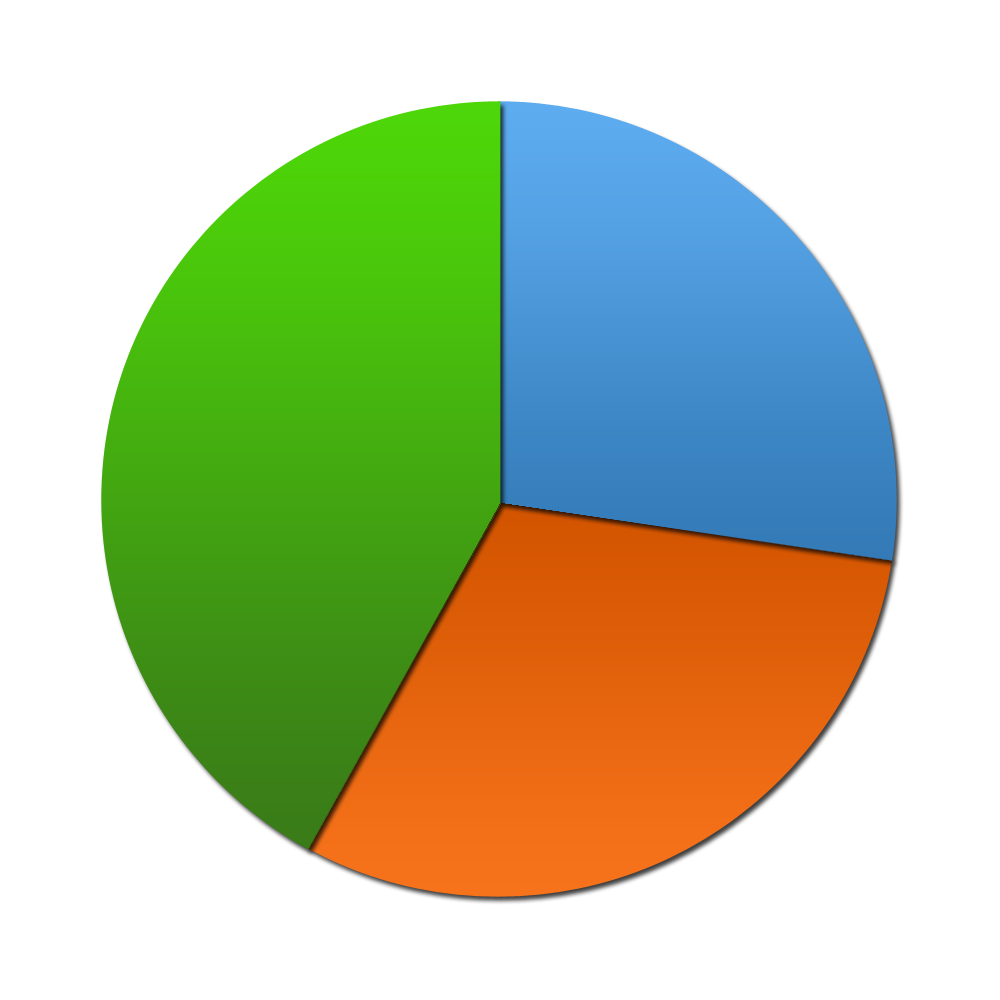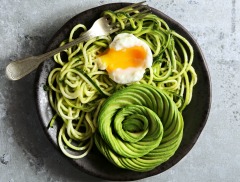Don't just meal plan... meal plan intelligently - with Meal Genius! Sign up for our free newsletter to get delicious recipes, sample meal plans and a whole lot more!
Radicchio
Radicchio, or red-leafed Italian chicory, is most often used as a salad green.
The two most widely available varieties in the United States are Verona and Treviso. Radicchio di Verona has burgundy-red leaves with white ribs and grows in a small, loose head. Radicchio di Treviso has narrow and pointed leaves and forms tighter, more tapered heads with ribs ranging from white to dark red.
Radicchio is an excellent source of copper, a good source of folate, potassium and vitamin C, and also provides inflammation-fighting anthocyanins.
The Benefits
- Special diets: Autoimmune Paleo Diet, Candida Diet, Diabetic, Elimination Diet, Gluten-Free Diet, Gluten-Free/Dairy-Free Diet, Grain-Free Diet, Low Acid Diet, Low Carb Diet, Low FODMAP Diet, Low Histamine Diet, Low Oxalate Diet, Low Starch Diet, Paleo Diet (Light), Paleo Diet (Strict), PCOS Diet, Pescetarian Diet, Primal Diet, Thyroid Diet, Vegetarian Diet, Whole Food
- Excellent Source of: VitaminK, Copper
- Good Source of: Potassium, VitaminC, Folate
- Preferences: No Fish, No Red Meat, No Pork, No Eggs, No Shellfish, No Gluten, No Nuts, No Seeds, No Soy, No Dairy, No Poultry, No Molds, No Coconut, No Pseudograins, No Citrus, No Nightshade, No Corn, No Yeast, No Peanuts, No Legumes, No Grains, Low Carbohydrate, Low Cholesterol, Low Fat, Low Sodium, Low Sugars, Low Saturated Fat
Related Foods
Selecting and Storing
Look for radicchio heads that have crisp, full-colored leaves with no sign of browning. Store in a plastic bag in the refrigerator for up to a week.









